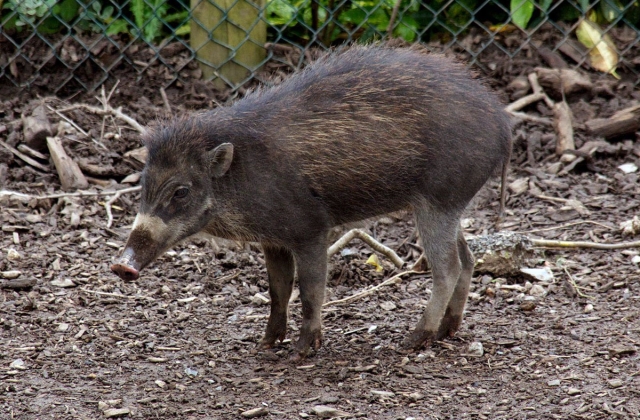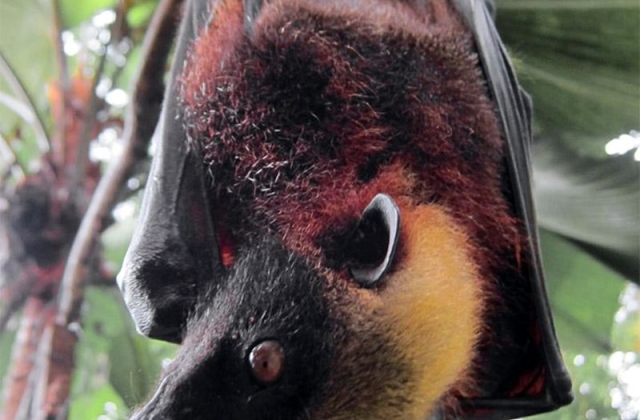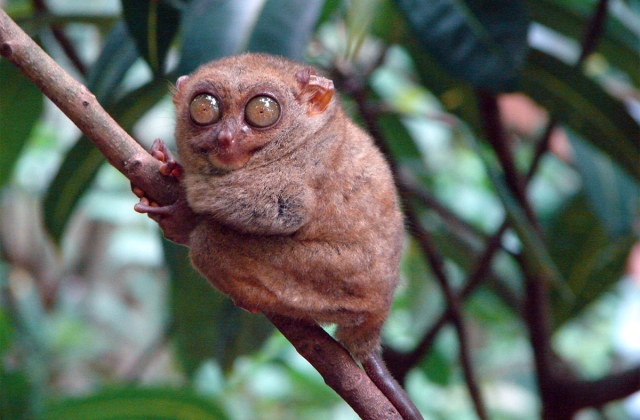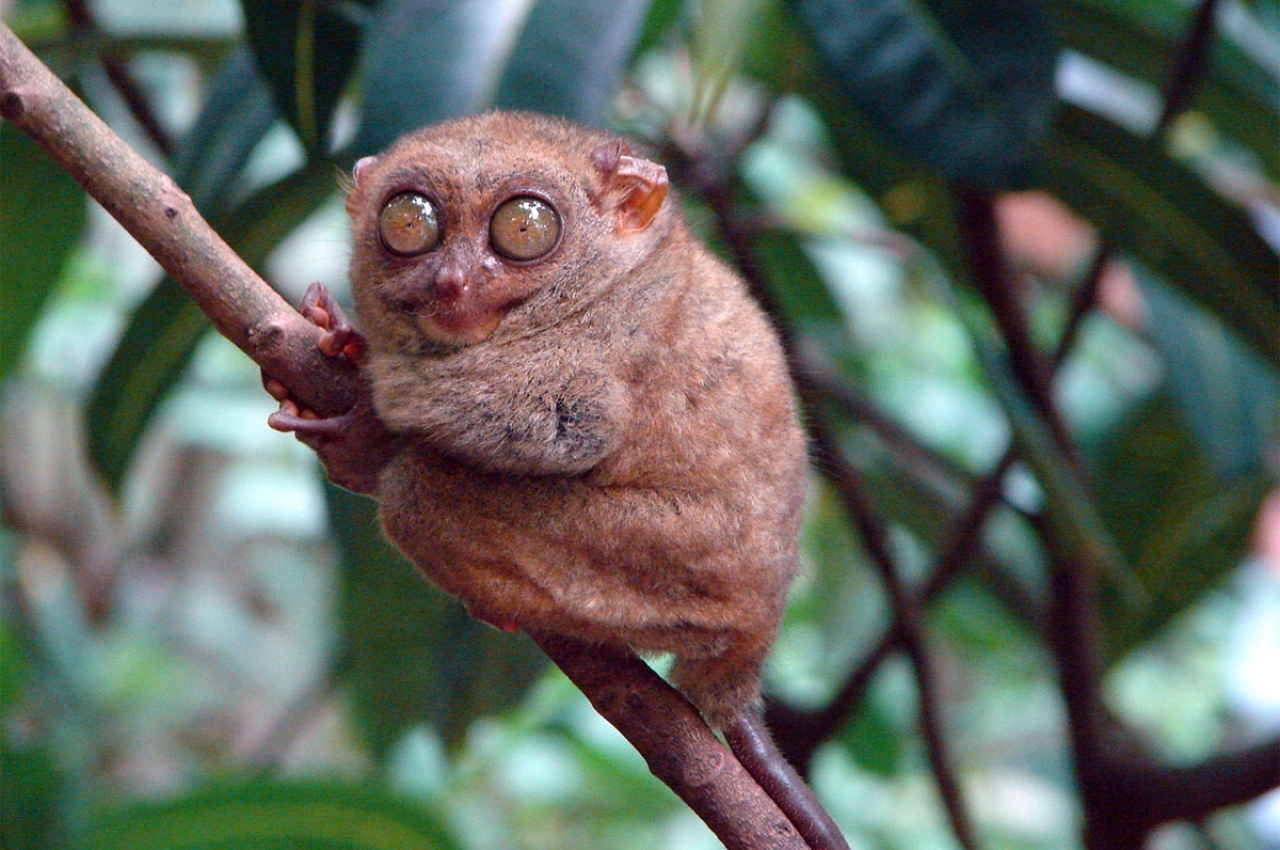Animals are a big part of any nature trip or ecotour in the Philippines. Chances are you already know about the wondrous world of marine biodiversity in the Philippines, but what about the animals on land? They are equally enchanting, fascinating and of course completely unique. Below is a list of some of the most eye-catching mammals that call the Philippines home.
-
 photo by Mike Peel (via Creative Commons)
photo by Mike Peel (via Creative Commons)
Visayan warty pig Visayan warty pig
This guy might have a questionable name but if you look closely, he is just as adorable as our rosy-cheeked friend Wilbur from Charlotte's Web. Formerly endemic to the Visayan Islands in the Philippines, this wild pig has since spread its roots with population sightings being recorded in the Panay mountains, the forests of Negros Island and Masbate.
They are omnivores and enjoy eating fruits, earthworms, roots and agricultural crops. With a diet this nutritious, it's no wonder these beasts are believed to live up to 15 years. As far as looks, male Visayan Warty Pigs have larger facial warts and tusks than their female counterparts as well as boast a larger size.
-
 photo by Gregg Yan (via Creative Commons)
photo by Gregg Yan (via Creative Commons)
Golden-crowned flying fox Giant golden-crowned flying fox
If Dracula were truly a bat, he would definitely be the impressive Giant Golden-Crowned Flying Fox, not the tiny blood-sucking variety depicted in movies. So named because of its size with a 5 foot wingspan and weighing in at 2.6 pounds, this bat is the largest species in the whole world. Though large, these bats have no issues staying afloat for long periods of time as they are known to clock in at least 25 miles each night while out searching for food.
So what's on the menu for this majestic mammal? Figs! And of course other regional fruits. Also known as the silent planter, this nocturnal gardener is responsible for spreading fruit seeds around the forests via its droppings making them vital to the ecosystem.
If you'd like to catch a glimpse of this gliding gladiator, be sure to go deep into the rain forests in the Bohol, Boracay, Cebu or Luzon Islands. And be sure to hire a mindful, respectful guide as these animals are also hunted for their pelts and meat and a guide with this in mind will contribute to the dwindling giant golden-crowned flying fox population, not help it.
-
 photo by Plerzelwupp (via Creative Commons)
photo by Plerzelwupp (via Creative Commons)
Philippine tarsier Philippine tarsier
The Philippine tarsier has a face that memes are made of thanks to its huge, googly eyes. No larger than an adult's palm, this nocturnal animal noshes on insects and can be found throughout the Philippines on the Islands of Samar, Bohol and Mindanao to name a few.
And just like the giant golden-crowned flying fox, unfortunately this little guy is targeted by the tourist trade as foreigners enjoy purchasing stuffed tarsiers as souvenirs. So, if you'd like to see this endemic Philippine tarsier in his natural habitat, make sure to bring along an animal-friendly guide that will help you and the animals have a safe, fun experience.
So when you are trekking through the rainforest or exploring an island on your Philippine adventure, make sure to take your earbuds out, breath in the fresh air and don't forget to look up, down and all around because you just might catch a glimpse of one of these wonderfully weird animals.

 photo by Plerzelwupp (via Creative Commons)
photo by Plerzelwupp (via Creative Commons)